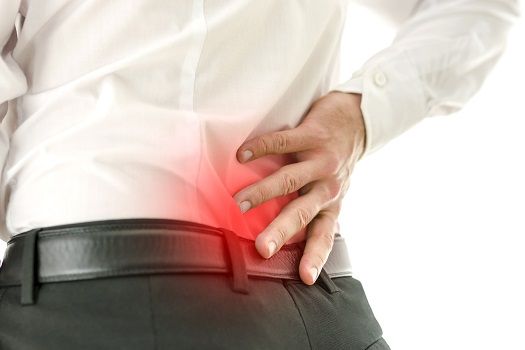Chronic Pain: Spinal Cord Stimulation Pain Relief Data Varies By Type
Spinal cord stimulation (SCS) has proven its safety and efficacy in many trials, but data backing subtypes of the treatment are lacking.

Researchers and patients alike are constantly on the lookout for novel approaches to pain relief that don’t involve potentially addictive drugs. Spinal cord stimulation (SCS), also called dorsal column stimulation, is one method that is always evolving and believed to be improving. Australian physicians reviewed the strategy to find if it really has analgesic effects for chronic back and leg pain.
SCS involves low-voltage electrical stimulation to the spine through a small implant. Although past studies, including a recent one from Ohio State University, documented strong positive results with the stimulation, there is a pattern of delayed safety and efficacy data following clinical application.
There’s a great amount of data supporting the safety, efficacy, and cost-effectiveness of traditional therapies for people with chronic refractory low back with predominant limb pain — with or without surgical history. In fact, studies show that more than half of these patients have significant, sustained levels of pain reduction with the treatment. However, evidence supporting alternative stimulations is lacking.
- Related: Evidence Steers Away from Opioids for Chronic Back Pain Relief
The Australian team reviewed three studies which examined different routes of spinal cord stimulation including: dorsal root ganglion, burst wave form, and high frequency 10 (HF10).
The overall consensus from this analysis was that SCS is a safe, effective, drug-free option for chronic pain. While traditional SCS treatment has been established, the authors said that Level I evidence supporting dorsal root ganglion SCS and high-frequency SCS for pain now exists.
Lead author Paul Verrills, MBBS, FAFMM, GDMM(hons), MPainMed, FIPP from the Metro Pain Group in Australia, said that the results represent “unheralded evidence that we can safely treat back and leg pain using spinal cord stimulation techniques. Spinal cord stimulation should now be considered earlier in the treatment continuum and not simply as an end-stage salvage therapy.”
Notably, implanter experience, patient selection, etiologies of pain, comorbidities (including psychiatric illness, smoking status, and delay to SCS implant after pain onset) can all influence SCS treatment results.
“The body of evidence built on traditional SCS research may be redundant, with newer iterations of SCS therapies such as dorsal root ganglion SCS, high-frequency SCS, and burst SCS,” the authors wrote in Dovepress.
Also on MD Magazine >>> Romantic Partners Have the Magic Touch for Pain Relief